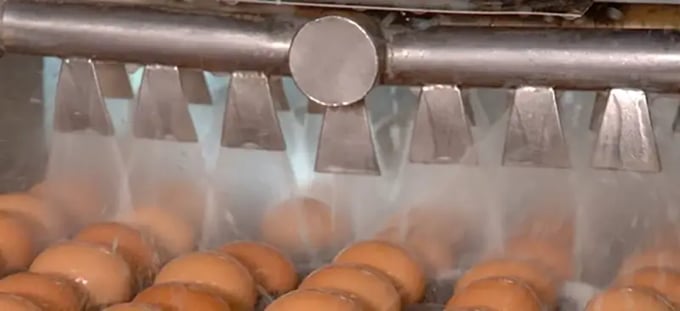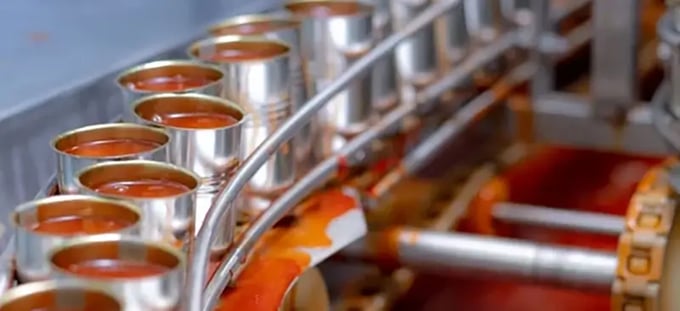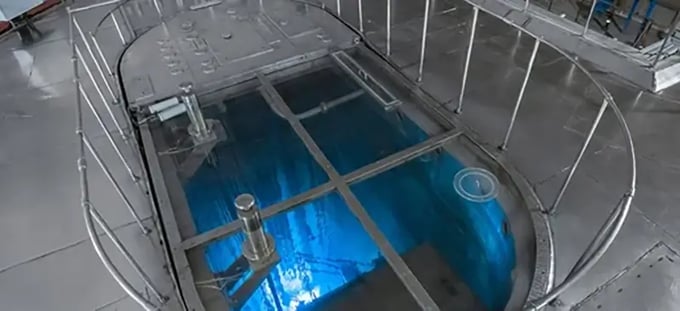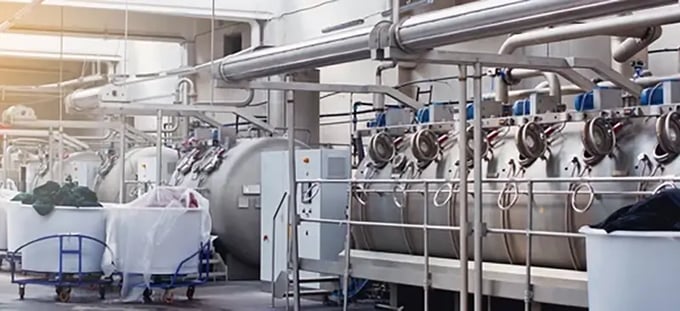According to Ofwat, the water regulator for England and Wales, around 20% of the water supply is lost to leaks in both countries. However, this is a difficult number to capture and calculate – leaks can’t be accurately measured, so it’s estimated using indirect indicators of various kinds. This includes looking at where we use the most water, then working out where common inefficiencies are in these spaces.
The short answer to the question, “which buildings leak the most water?” is “we can’t be sure.” It depends on what the building is used for, its age and construction materials, and how its water infrastructure is designed. But one way we can estimate is to examine water use by industry and then look at these industries more closely for how water is commonly used and lost.
While it’s common knowledge that agriculture uses the vast majority of the freshwater used by humanity (around 70%), at LAIIER, we’re most curious about water usage within our built environment. Agriculture uses a lot of water, but most of it is outside, in farms, fields and gardens. So what are the most water-intensive activities we do inside buildings and facilities?
We’ve taken a look and found five industries that are highly water-intensive within buildings and industrial facilities. We are sharing what we’ve learned about how water leaks occur in buildings of each kind.

1. Food processing plants
Given its close relationship with agriculture, it should be no surprise that food processing facilities use much of the water supply. This includes buildings used to process everything from beverages of almost every type, the slaughter and processing of animal products, and the processing of most kinds of dairy, grains, fruits and vegetables, oils, and sugar.
This includes the water needed to process foods and the water required to constantly clean and sanitize the industrial machinery used for milling, preserving, canning, packaging, pickling, distilling and otherwise preparing just about every kind of food you can imagine. For example, producing a standard 17oz. of soda takes nearly 100 liters of water, not including the water needed to grow the necessary ingredients used to make it.
Because of such heavy water use, water leaks are a constant problem for food processors. As most food regulations require processing facilities to be sanitary, a water leak means damage to equipment or the building and potentially massive losses due to contamination and food spoilage.

2. Electric power generation
With a couple of exceptions, almost every form of electric power generation we currently use is extremely water intensive. Leaving aside hydro and geothermal power generation, which explicitly use water:
-
Nuclear, coal, biomass, and certain kinds of oil/gas and solar power plants operate on the principle of using water or steam to drive electricity turbines.
-
Almost all power generation that relies on creating heat uses water as part of its cooling systems.
In almost all circumstances, water leaks are a critical issue regarding power generation. In most cases, a leak doesn’t just mean simply water damage but damage from water that is often superheated or, notably in the case of nuclear power, is contaminated with material that is dangerous to people and the environment generally.

3. Textile manufacturing
While a lot of water usage attributed to textiles rests on the growing and farming of the materials necessary, the facilities used for processing and manufacturing textiles, including clothes, bags, homeware, and just about any kind of fabric, use a lot of water.
Facilities that dye fabrics, notably denim, are notorious for their water usage, and already some have looked into trying to help textile mills be more efficient in their water usage and less polluting, noting that, for relatively low cost, water leak detection, alongside a range of other water-saving improvements, could save more than 25% of all the water used in the average mill.
4. Automotive manufacturing
Automotive manufacturing is a major consumer of water, with it estimated that it takes more than 39,000 gallons of water to produce one car, making it a critical issue for many US and European policymakers to make water usage reductions as part of long-term sustainability and environmental objectives. Global insurance firm Zurich also noted that water damage was one of the most significant risk factors for middle market manufacturers, which includes car manufacturing, particularly in the last year as factories have reopened in the wake of the worst of the COVID-19 pandemic.

5. Hospitality
Hospitality facilities – think hotels, resorts and restaurants – use a lot of water as a consequence of the sheer number of people using them. The US Environment Protection Agency (EPA) estimates hotels and other lodgings use around 15% of all water in commercial and industrial buildings. The EPA also noted that water-efficient practices in commercial buildings could reduce operating costs by 11% and water use by 15%.
Leaks in buildings like this are likely to be relatively small but expensive, owing to the high number of fixtures (and therefore opportunities for leaks) and their high usage — for example, the average restaurant can use up to 25,000 gallons of water a day.
The priority for hospitality facilities is to address leaks promptly – to minimize damage and any problems with customer experience it may cause – and efficiency, recognizing that water from bathrooms, pools, restaurants and food preparation, laundry, as well as heating and cooling, are under heavy use, and do what can be done to reduce water waste as much as possible.

Prevent leaks and cut water loss with Severn WLD™
The industries we covered above, plus others that we couldn’t fit into this article, are investing in the Internet of Things (IoT) as an effective f preventing leaks and water damage. IoT technology, including the products we make at LAIIER, is here to help you reduce waste and make all kinds of industries more efficient in how they operate.
If you have a facility that you are invested in making smarter and more efficient with IoT, our Severn Water Leak Detection system is designed to help facilities managers and system integrators for commercial and industrial buildings monitor and prevent water damage in spaces where other sensors can’t easily fit. Contact us today for more information and to book a demo
With the right expertise and tools, it is possible to mitigate the risks of waterproofing system failure and ensure the long-term effectiveness of a building’s waterproofing system. If that is a direction you want to take for your building projects and developments, we’d love to talk to you and discover if LAIIER can help you reach your goals.